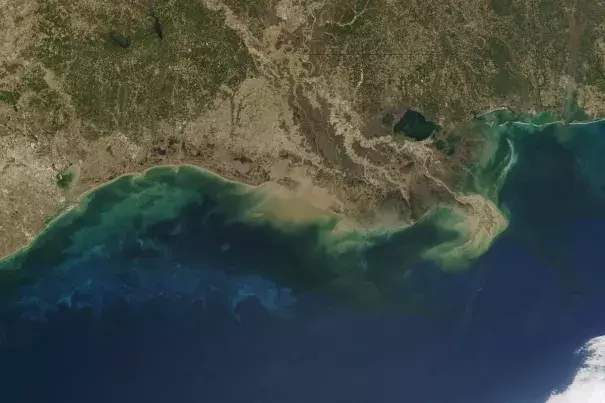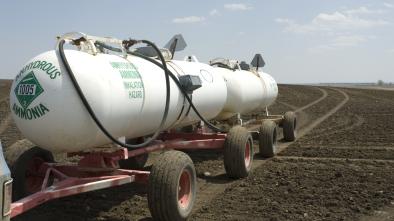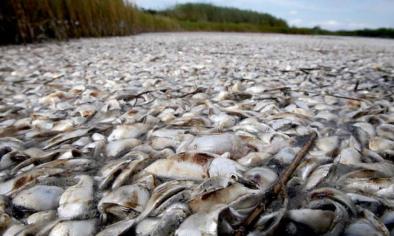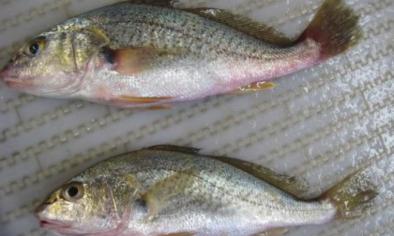Headline
There's a 'dead zone' in the Gulf of Mexico the size of New Jersey
Gulf of Mexico

Satellite view of the Gulf of Mexico. Photo: NASA
"The dead zone in the Gulf of Mexico has been growing since the 1950s and 1960s, when much more fertilizer was applied to agricultural land and started going downstream and into the Gulf of Mexico. For the past 20 years, it has been fluctuating up and down. Most of that is due to differences in precipitation and river runoffs," said Robert Magnien, director of the Center for Sponsored Coastal Ocean Research at NOAA.
But the amount of rain is only part of the equation, Magnien said.
“This is not a natural phenomenon, but it is affected by variations in climate or weather patterns.”
"We are at a much different place than is natural. This is not a natural phenomenon, but it is affected by variations in climate or weather patterns," he said.
Related Content
Science Source
| Estuaries and Coasts
Modeling the Population Effects of Hypoxia on Atlantic Croaker (Micropogonias undulatus) in the Northwestern Gulf of Mexico: Part 2—Realistic Hypoxia and Eutrophication
Kenneth A. Rose, Sean Creekmore, Dubravko Justić et al
Headline

Aug 21, 2017 | NPR.org
Can Anyone, Even Walmart, Stem The Heat-Trapping Flood Of Nitrogen On Farms?
Headline

Aug 21, 2017 | The Guardian
Meat industry blamed for largest-ever 'dead zone' in Gulf of Mexico
Headline

Aug 21, 2017 | NCCOS News and Features
Hypoxia Leads to Atlantic Croaker Decline in Gulf of Mexico, Models Show


